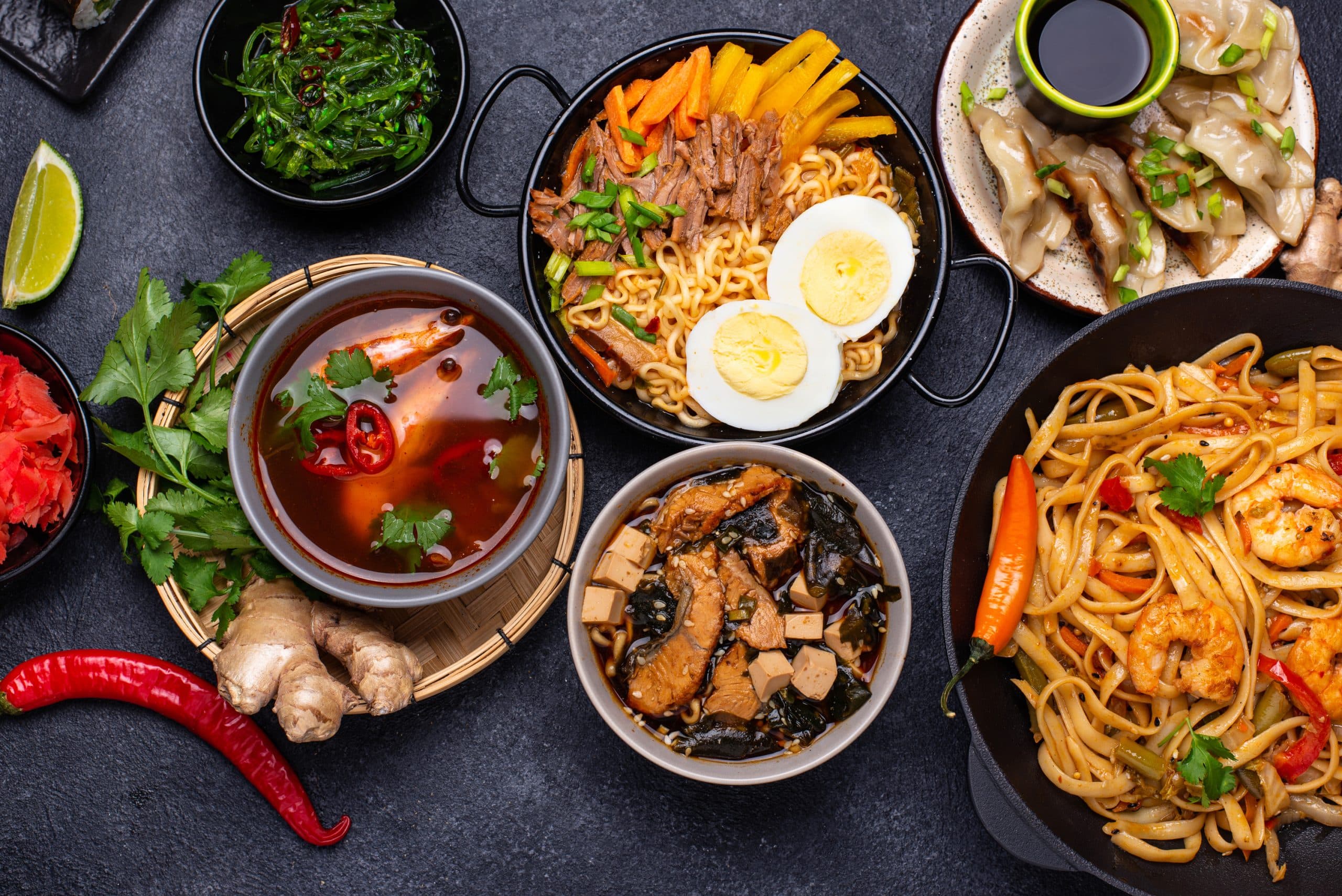How to Perfect a Classic French Cassoulet with Duck Confit and Toulouse Sausage?

You have probably heard of it, or even tasted it at a French restaurant, and you’ve been yearning for that unforgettable moment ever since. The cassoulet, a traditional French dish originating from the South of France, has been a culinary sensation all over the world due to its rich, hearty nature and deeply satisfying flavors. Its core components include white beans, pork, and duck confit, all slow-cooked to perfection. But how do you recreate this culinary masterpiece at home?
The History and Background of the French Cassoulet
Before we dive into the cooking process, let’s delve into the origins and history behind the cassoulet. This may well inspire you further to cook this dish with the reverence it deserves.
Also read : What’s the Key to a Silky Japanese Miso Ramen with Chashu Pork?
Its name is derived from the cassole, the traditional earthenware pot it’s cooked in. This dish has humble beginnings dating back to medieval times and was primarily a nourishing meal for farmers and workers. Over time, it has evolved into a beloved staple in French cuisine, celebrated for its robust flavors and comforting warmth.
Several regions in France – notably Castelnaudary, Carcassonne, and Toulouse – lay claim to the original cassoulet recipe. Each has their variations, with the type of meat used as the differentiating element. Castelnaudary is known for using pork, Carcassonne opts for lamb, and Toulouse favors mutton and Toulouse sausage.
Also to read : What’s the Technique for a Flawless Greek Spanakopita with Crispy Phyllo Layers?
Selecting the Right Ingredients for Your Cassoulet
When it comes to cooking a perfect cassoulet, selecting the right ingredients is crucial. The main components are white beans, pork and duck.
Traditionally, white haricot beans are used, known for their mild flavor and excellent ability to absorb the flavors surrounding them. The meat is a combination of pork shoulder, pork skin, duck fat, and the star of this recipe, duck confit. This is duck slow-cooked in its own fat until it becomes tender and intensely flavorful.
Toulouse sausage, made from pork, wine, and garlic, is also a key ingredient. Its rich, garlicky flavor adds an extra level of depth to the dish.
Other essential ingredients include onion, carrot, celery, garlic, and a bouquet garni, typically consisting of thyme, bay leaves, and parsley.
Preparing and Cooking the Cassoulet
Once you have all your ingredients, you can begin the process of cooking your cassoulet. This is a dish that takes time and patience, but the results are worth it.
You’ll start by soaking the beans overnight. This helps to soften them and reduce the overall cooking time.
Next, the meat is prepared. The pork is cut into chunks, while the duck fat is rendered, and the duck confit is shredded.
The beans are then cooked in a pot with the bouquet garni, onion, and garlic until they become tender. After this, the other ingredients are added in layers, starting with a layer of pork skin at the bottom of the pot, followed by beans, meats, and vegetables, and finally, a layer of beans on top.
The cassoulet is then slow-cooked in the oven at a low temperature for several hours until the flavors have melded together in harmony.
Tips for a Perfect Cassoulet
While the process may seem straightforward, there are certain tips you can follow to perfect your cassoulet.
One key tip is to ensure you use quality ingredients. As a simple, rustic dish, the quality of the ingredients can make a significant difference to the end result.
Secondly, don’t rush the cooking process. The cassoulet needs time for the flavors to develop, and rushing it can result in a less flavorful dish.
Lastly, many cassoulet aficionados swear by the "seven-day rule". This rule suggests that the dish tastes better on the second or third day after it has been cooked, as the flavors have had time to meld together.
Serving the Cassoulet
The final step, of course, is to serve your cassoulet. It is traditionally served in the cassole in which it was cooked.
You may also want to pair it with a robust red wine, such as a Cabernet Sauvignon or a Malbec, which matches well with the rich flavors of the dish.
By now, you should be equipped with all the knowledge you need to cook a perfect, authentic French cassoulet. It’s a labor of love, of history, and of culinary passion. Now, it’s time to head to the kitchen and start creating your masterpiece!
The Delicate Process of Using Duck Confit in Your Cassoulet
The duck confit is a crucial component of the traditional French cassoulet. It is no ordinary ingredient. The delicacy is prepared by curing duck legs in salt and spices before slow-cooking them in its own fat. This process imparts a unique, intensely savory flavor and a melt-in-your-mouth texture. However, it is important to remember that making your own duck confit can be time-consuming and requires preparation days in advance.
Start by rubbing the duck legs with a mixture of salt, pepper, and other spices such as garlic cloves and herbs. The duck legs are then refrigerated for up to 36 hours to allow the flavors to penetrate the meat. Once properly cured, the legs are rinsed and then slow-cooked in a dutch oven filled with duck fat. The low and slow cooking process can take up to 6 hours. The finished confit should be stored in the duck fat until you’re ready to use it.
If you don’t have days to prepare the duck confit, you can also buy pre-cooked confit from gourmet food stores. When selecting your confit, look for ones that have a good meat to fat ratio, and are free of preservatives.
The Role of Pork in Your Cassoulet: The Pork Belly and the Pork Shoulder
Another key ingredient in a traditional French cassoulet is pork. The cuts used in the cassoulet are usually pork belly and pork shoulder. Both these cuts are flavorful, juicy, and perfect for slow-cooking.
Pork belly, akin to thick-cut bacon, adds a rich, meaty flavor and a wonderful, luscious texture to the cassoulet. The layer of fat in the belly enhances the overall taste of the dish and adds to the heartiness of the stew.
Pork shoulder, on the other hand, is a leaner cut of meat, but it packs a lot of flavors. It is generally used for its ability to withstand long cooking times without turning tough or dry.
Before adding to the cassoulet, the pork is seared in the dutch oven using olive oil until it’s browned on all sides. This process helps to lock in the flavors and adds a delightful, caramelized taste to the meat.
Conclusion: The Final Touches and Serving Your Cassoulet
After hours of slow-cooking, the cassoulet is almost ready. But before you serve, there are a few final touches to consider.
Remove the cassoulet from the oven and let it rest for a while. This allows the flavors to meld together even more. Some recipes also suggest breaking the crust that forms on top of the cassoulet and pushing it back into the stew a few times during the cooking process. This helps to enrich the cooking liquid and gives the cassoulet a thicker, more "stew-like" consistency.
When it comes to serving your cassoulet, tradition dictates that it should be served in the same dish it was cooked in, typically a beautiful earthenware cassole. Pair the hearty bean stew with a glass of full-bodied red wine, like a short-finish Cabernet Sauvignon or a robust Malbec, which complements the rich flavors of the dish wonderfully well.
Cooking a perfect French cassoulet is a labor of love and patience, a culinary journey that takes you through the heart of traditional French cuisine. Whether you’re serving it to a crowd at a dinner party or savoring it alone on a cold winter’s day, this hearty and comforting dish is sure to warm you up and leave you satisfyingly content. Happy cooking!
